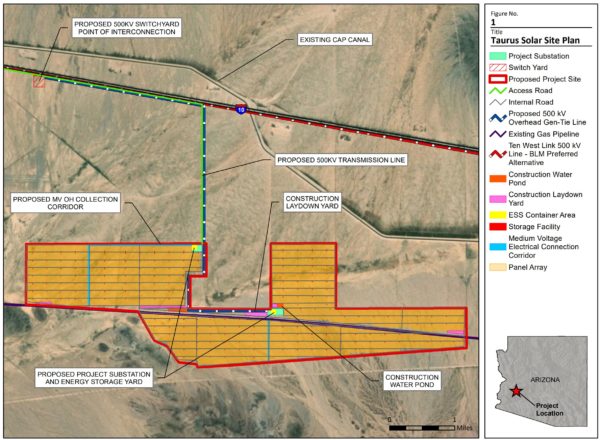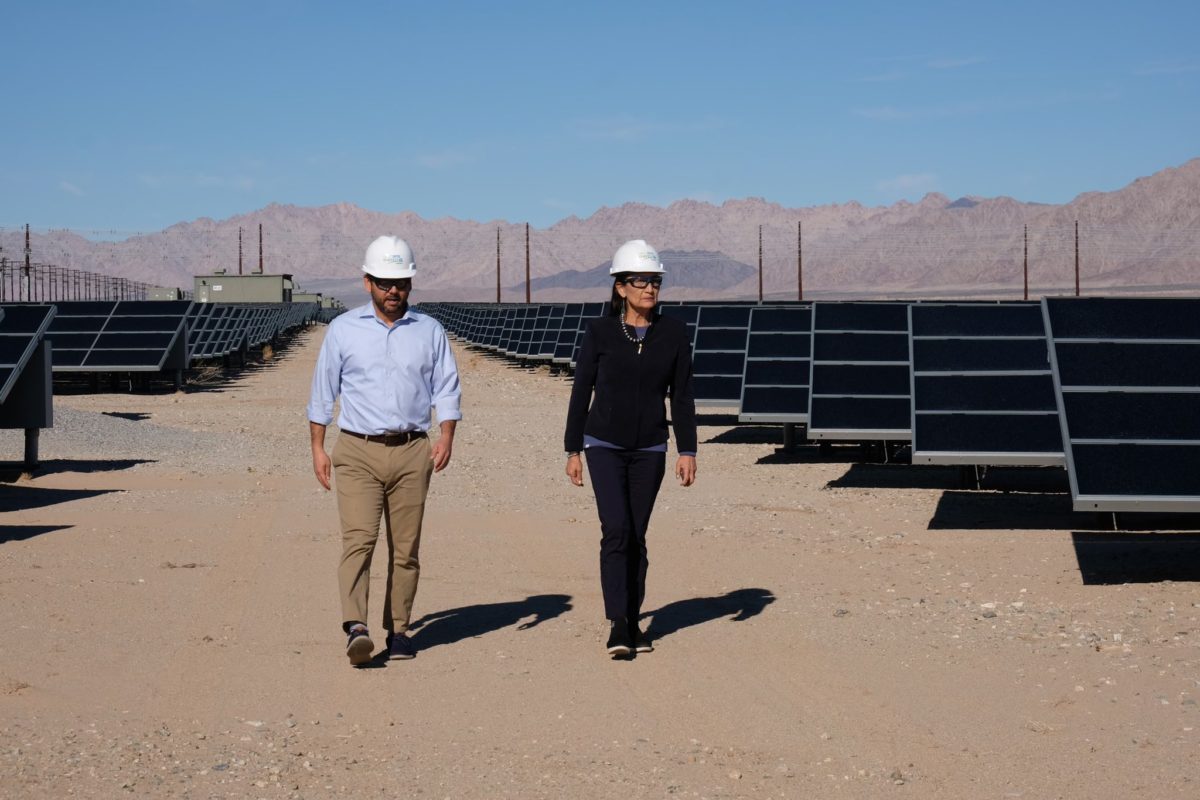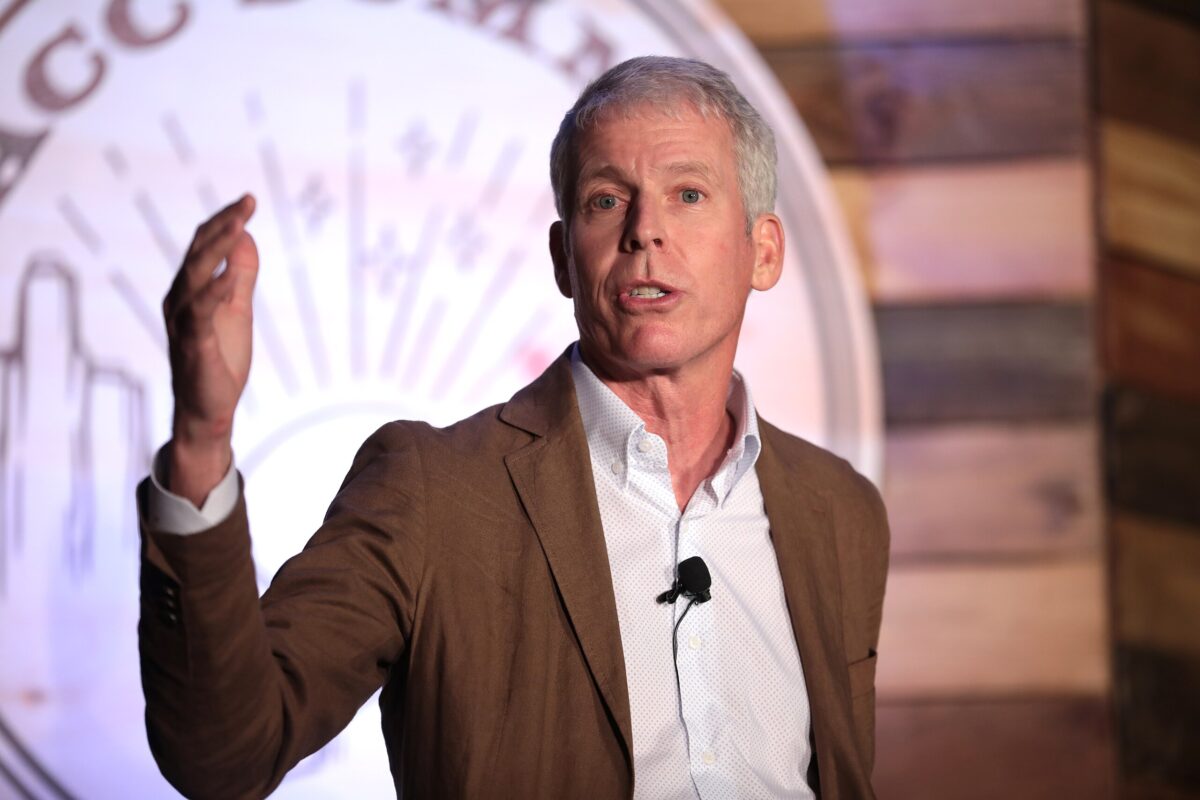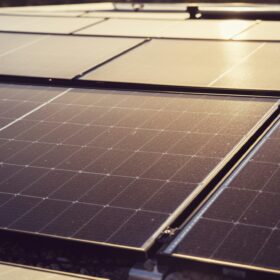The U.S. Department of Interior’s Bureau of Land Management (BLM) has announced new plans to refine and speed up the development of renewable energy in its southwestern region, as it aims to deploy 25 GWac of capacity by 2025.
BLM said they are expanding on their “programmatic” process to move renewable projects through the development process that was produced in 2012. A formal version of the review – partially considered in this document – will be published for the general public.
There are 32 exclusion categories used in the programmatic review process.
One of these categories is used to define the 79 million acres where projects are forbidden, the 285,000 acres where solar is desired (Solar Energy Zones, or SEZ), and the 19 million acres of land available for development outside of SEZs and exclusion zones, for which availability is contingent on due diligence and a responsible proposal.
The BLM is considering whether they should add the 22 million acres of California’s Desert Renewable Energy Conservation Plan to their analysis area. Another exclusion under review is whether they should adjust the requirement stating that solar plants may only be built on areas with insolation values above 6.5 kWh/m2/day. That requirement was based on solar technology and pricing from before 2012.

In addition to the development support plan, BLM announced that they would begin reviewing three facilities in Arizona totaling 1 GWac.
An environmental analysis will soon begin on the first of the facilities, the Jove Solar Project. This facility will be deployed on 3,495 acres of land and have a capacity of up to 600 MWac. The power plant will be located in La Paz County.
Though the documents do not explicitly describe the facility’s ownership, it looks like Taurus Solar LLC owns the Jove Solar project, and that Jove used to be called Taurus Solar. Some of the documents, like the site plan below, still reference Taurus, but have the same outline as the Jove facility. All of these documents are made available on the BLM link above.

Image: BLM, Project Site Plan
The ownership chain of title is long on this project: the solar farm is owned by Taurus Solar LLC, which is fully owned by 174 PG LLC, a fully owned subsidiary of the Hanwha Energy USA Holdings Corp., which is presumably owned in some manner by the South Korean Hanwha Group global conglomerate.
In the Project Area Map above, the straight line bisecting the solar plant from east to west is a pipeline. The nearly horizontal line at the top of the map is I-10, which runs parallel to the proposed 500 KV transmission line. Note the proposed interconnection point at the top left corner, which will be built to connect the solar facility to the power grid.
The other two facilities – a 300 MWac Pinyon Solar project in Maricopa County owned by Avantus (formerly known as 8 Minute Solar Energy), and a 300 MWac Elisabeth Solar project in Yuma County – are still in early stages of development.
This article was amended on December 12, 2022 to reflect that the Pinyon Solar project is a 300 MW facility, rather than 250 MW as previously stated.
This content is protected by copyright and may not be reused. If you want to cooperate with us and would like to reuse some of our content, please contact: editors@pv-magazine.com.








By submitting this form you agree to pv magazine using your data for the purposes of publishing your comment.
Your personal data will only be disclosed or otherwise transmitted to third parties for the purposes of spam filtering or if this is necessary for technical maintenance of the website. Any other transfer to third parties will not take place unless this is justified on the basis of applicable data protection regulations or if pv magazine is legally obliged to do so.
You may revoke this consent at any time with effect for the future, in which case your personal data will be deleted immediately. Otherwise, your data will be deleted if pv magazine has processed your request or the purpose of data storage is fulfilled.
Further information on data privacy can be found in our Data Protection Policy.